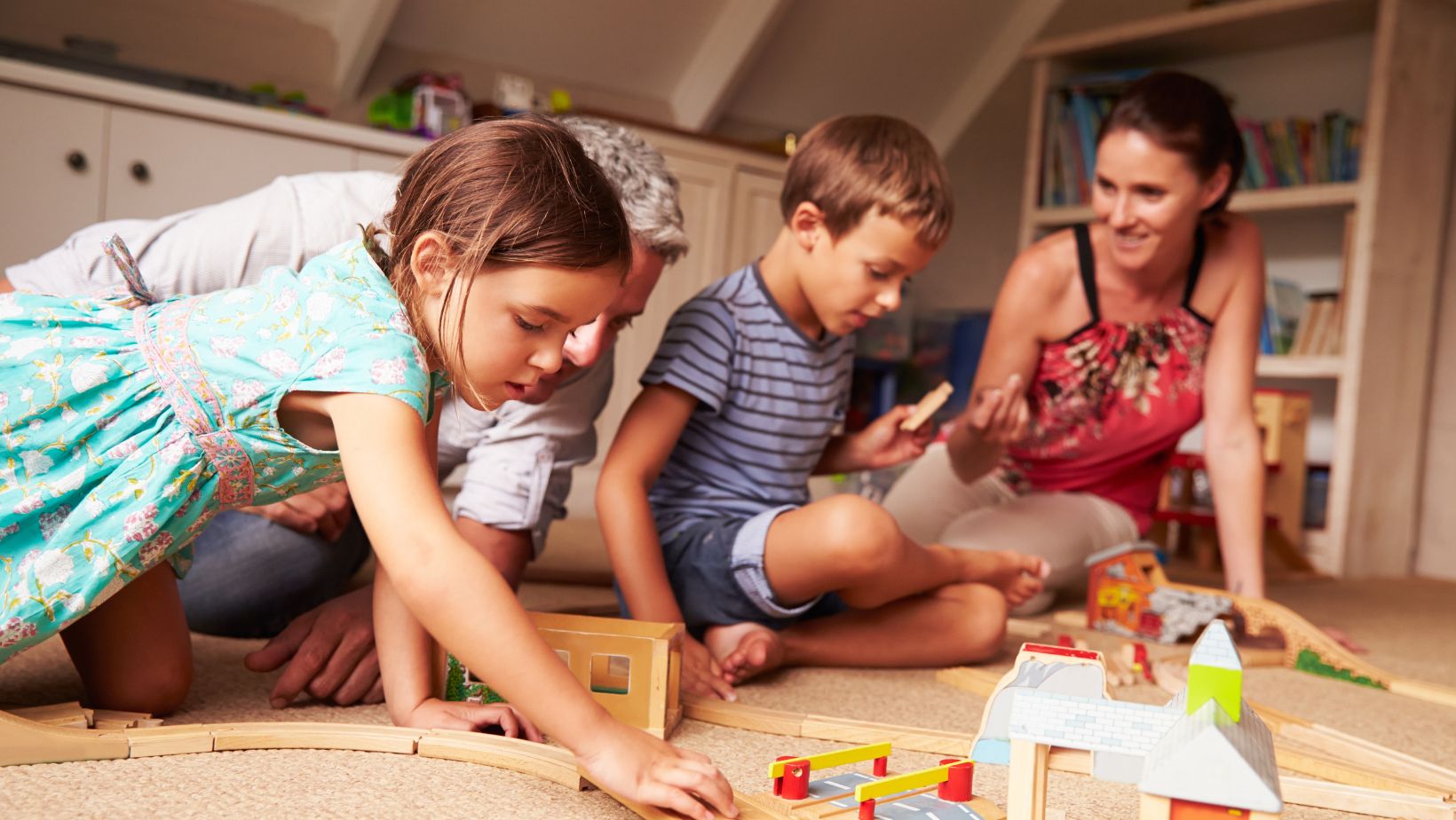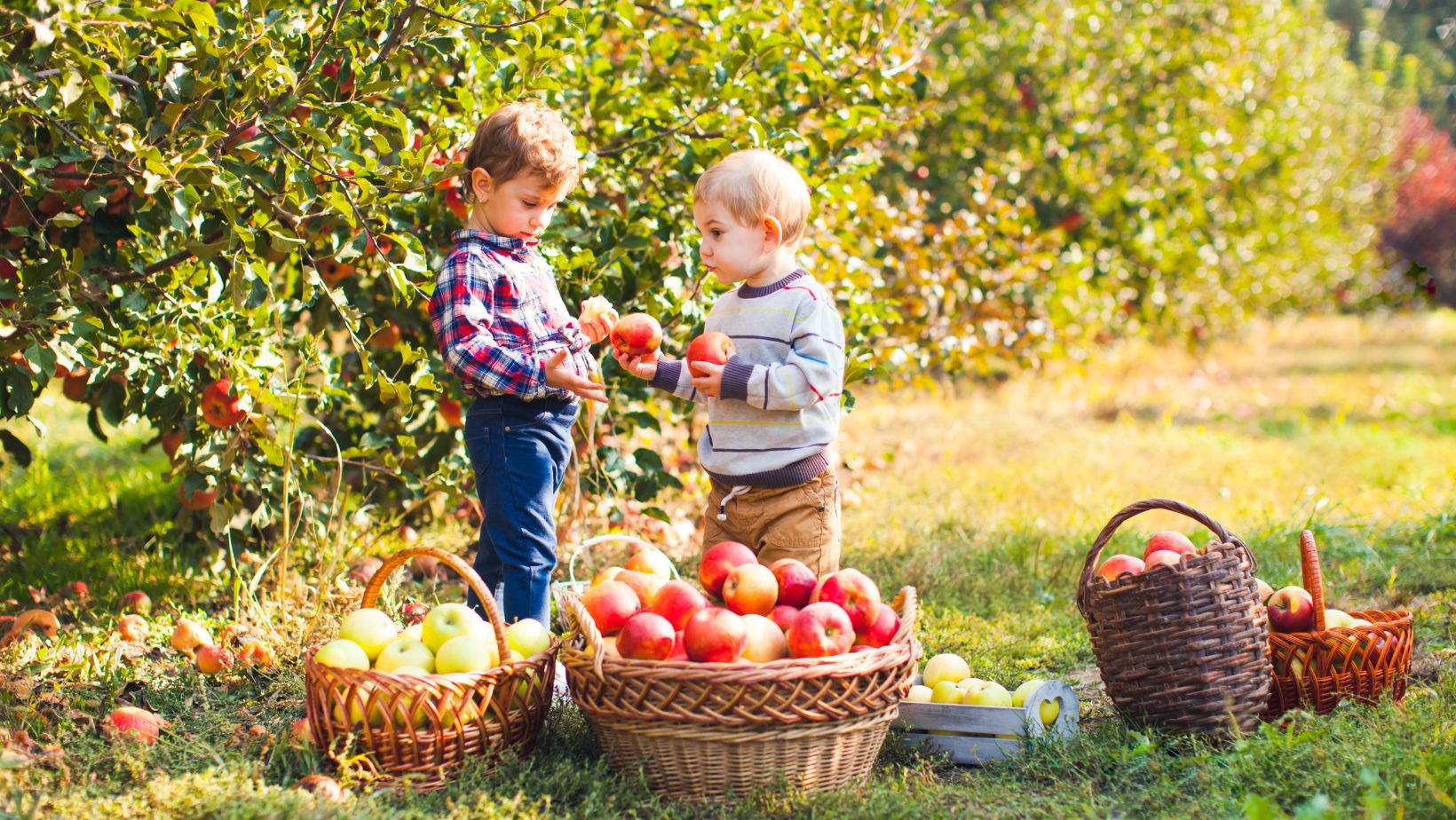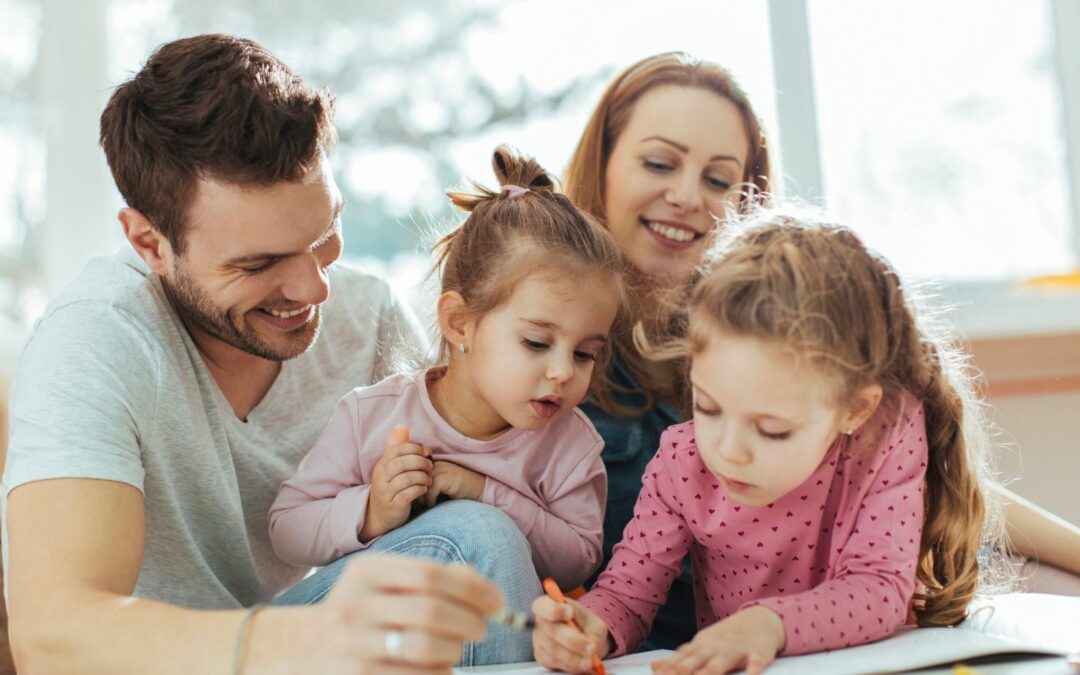Eco-friendly parenting, a concept that was once considered fringe, has steadily gained traction, inspiring a non-toxic revolution in households worldwide. This approach advocates raising children in an environment that minimizes harmful toxins and emphasizes sustainable practices, shaping them into conscious, earth-loving individuals. After all, a good rule of thumb is that if something is toxic to the environment, it’s probably not great for your child either!
But how can we effectively integrate these principles into our daily parenting routines? This article will explore the many facets of eco-friendly parenting, providing practical tips and valuable insights to help you nurture your children in a greener, healthier world.
What is Eco-Friendly Parenting?
Eco-friendly parenting is a parenting philosophy that encourages the use of products, practices, and habits that are beneficial to both children’s health and our planet. Eco-friendly parenting is more than just purchasing carbon-friendly, sustainably-made items; it also places a strong focus on non-toxic ingredients in everything from food to toys, recognizing that these choices impact not only the immediate health of our children but also the wider environment. Every item we use has a life cycle, and when we discard items containing harmful substances, these toxins can leach into our soil, air, and water, causing lasting environmental damage. What we choose to bring into our homes and use for our children therefore has far-reaching implications, making eco-friendly parenting a crucial part of sustainable living.
Tips to Ensure a Non-Toxic Eco-Friendly Home
Switching to an eco-friendly lifestyle at home is easier than you might think. It’s about making small, conscious choices that contribute to a larger goal. Here are a few practical tips for creating a non-toxic, eco-friendly home for your children.
It’s important to note that these are just a few of the many ways we can incorporate safety and sustainability into our homes…so don’t feel like these are the only options!
Non-Toxic Cookware
Your kitchen is a great starting point. Many conventional cookware items contain toxic materials that can leach into food during cooking. Consider making the switch to non-toxic cookware made from materials like stainless steel, cast iron, or glass. These options don’t release harmful substances into your food, making meal times safer and healthier for your family.
Purchasing from Responsible Brands
Another significant step is choosing products from brands that prioritize environmental responsibility. Look for companies that have undergone rigorous testing to ensure their products are safe and eco-friendly.

These brands are typically transparent about their manufacturing processes and are committed to sustainable practices, such as using recycled materials or reducing their carbon footprint. By supporting these responsible brands, you’re not only ensuring a safer home for your children but also contributing to a healthier planet.
Organic and Sustainable Clothing
Children’s clothing can often be laden with toxic dyes and made from non-sustainable materials. Opt for organic, sustainable clothing whenever possible. These pieces are typically made from materials like organic cotton or bamboo, which are grown without harmful pesticides, and use natural, non-toxic dyes. Not only are these clothes safer for your child’s skin, but they also minimize the environmental impact of clothing production.
Natural Cleaning Products
Many conventional cleaning products contain harsh chemicals that can be harmful to our health and the environment. Transition to natural cleaning products that are free from harmful toxins. There are many brands on the market today that produce effective, eco-friendly cleaning products. Alternatively, you can make your own cleaning solutions using ingredients like vinegar, baking soda, and essential oils.
Conscious Toy Shopping
Plastic toys can be a source of exposure to harmful chemicals for children. Look for toys made from natural materials like wood, or choose brands that use safe, non-toxic plastics. It’s also worthwhile to consider the lifespan and recyclability of a toy before purchasing, to minimize waste.
Food Choices
Incorporate more plant-based meals into your family’s diet to reduce your environmental footprint. Eating more fruits and vegetables and less meat and dairy is one of the most effective ways to combat climate change.

Additionally, when shopping, choose organic produce to avoid pesticides and consider the packaging to reduce plastic waste.
Read more: Grass-Fed, Non-GMO, and More: Understanding Certifications in Organic Baby Formulas
Final Thoughts
In conclusion, adopting an eco-friendly lifestyle when raising children is not only beneficial for the environment but also cultivates a healthier and safer living space for your kids. By making conscious choices about what we bring into our homes, from the clothes we wear and the toys we play with to the food we eat, we can significantly minimize our environmental footprint.
More importantly, we are instilling in our children the values of sustainability and responsible consumption, shaping them into environmentally-conscious citizens of the future. Remember, every small change counts when it comes to preserving our planet for generations to come.
Jessica has a flair for writing engaging blogs and articles. She enjoys reading and learning new things which enables her to write different topics and fields with ease. She also strives to break down complex concepts and make them easy for anybody to comprehend.





